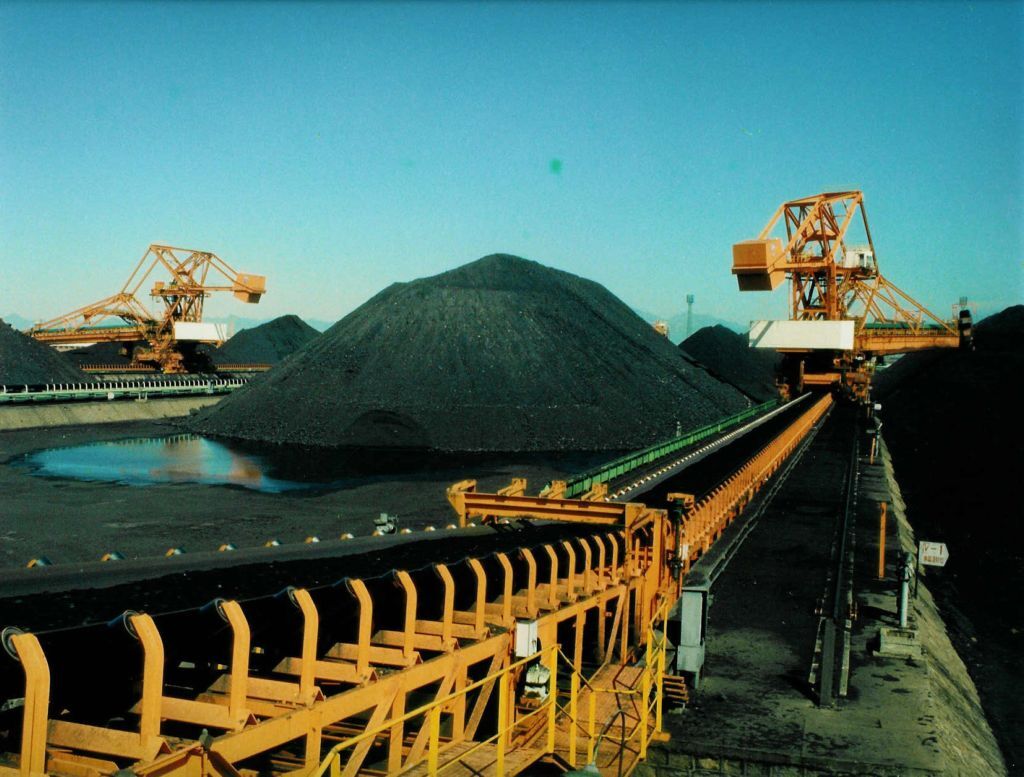What equipment is used for material handling?
What equipment is used for material handling
Material handling equipment Conveyor
In various industries, material handling is a critical link. In order to improve efficiency and safety, various material handling equipment are widely used. Among them, material handling equipment conveyors play an important role in many industries. This article will introduce some common material handling equipment, specifically conveyors.

1. Material handling equipment Conveyor: Material handling equipment Conveyor is a device used to transfer materials from one location to another. They usually consist of a frame with a conveyor belt that transports material along a set path through a drive. Conveyors can be customized as needed to accommodate different types and weights of materials. They are widely used in fields such as manufacturing, warehousing and logistics.
2. Forklift: A forklift is a piece of equipment used to move and stack materials. They usually have a pair of forks that can lift materials from the ground and carry them to the required location through a lifting mechanism. Forklifts are widely used in warehousing, logistics and manufacturing industries to improve the efficiency and safety of material handling.
3. Elevator: An elevator is a device used to lift materials in a vertical or inclined direction. They usually consist of a lifting device and a load platform. Hoists can be customized as needed to accommodate different height and load requirements. They are widely used in construction, warehousing and manufacturing industries.
4. Conveyor belts: In addition to conveyors, independent conveyor belts are also common material handling equipment. A conveyor belt usually consists of a frame with a conveyor belt that transports materials along a set path through a driving device. Conveyor belts can be used for horizontal, inclined and vertical material transport and are suitable for various industries and scenarios.
5. Automatic guided vehicle: An automatic guided vehicle is a device used to automatically transport materials. They are usually navigated through laser navigation or magnetic navigation systems and can autonomously move and handle materials on a set path. Automatic guided vehicles are widely used in warehousing, logistics, manufacturing and other fields to improve the efficiency and accuracy of material handling.
In addition to the above-mentioned equipment, there are many other material handling equipment, such as cranes, conveying pipelines, etc., which play an important role in different industries and scenarios. Selecting the appropriate material handling equipment is critical to increasing productivity, reducing costs and ensuring safety.
The above introduces to you the common equipment that can handle materials. Material handling equipment plays an important role in various industries. Conveyors are one of the common pieces of equipment that efficiently move materials from one location to another. Whether it's conveyors or other material handling equipment, they provide businesses with important tools to improve efficiency and safety.
 O'zbek
O'zbek slovenský
slovenský Azərbaycan
Azərbaycan Қазақ
Қазақ Latine
Latine ລາວ
ລາວ български
български नेपाली
नेपाली فارسی
فارسی Javanese
Javanese Українська
Українська Lietuvos
Lietuvos Română
Română Slovenski
Slovenski پښتو
پښتو Punjabi
Punjabi Bosanski
Bosanski Malti
Malti Galego
Galego Afrikaans
Afrikaans Esperanto
Esperanto 简体中文
简体中文 Српски
Српски मराठी
मराठी Ελληνικά
Ελληνικά čeština
čeština Polski
Polski ไทย
ไทย Nederlands
Nederlands Italiano
Italiano Tiếng Việt
Tiếng Việt Deutsch
Deutsch français
français русский
русский Português
Português Español
Español 한국어
한국어 Svenska
Svenska Malay
Malay اردو
اردو norsk
norsk Indonesia
Indonesia عربى
عربى Gaeilge
Gaeilge Türk
Türk Pilipino
Pilipino हिन्दी
हिन्दी Dansk
Dansk বাংলা
বাংলা English
English


What is a Metering Conveyor
In modern material handling systems, efficiency and precision are critical to maintaining smooth operations. Among the many specialized conveyors used in industries such as packaging, food processing, mining, and logistics, the metering conveyor plays a vital role. But what exactly is a metering conveyor, and why is it becoming increasingly important in production environments?
Read MoreJuli Engineering Gains Global Recognition Among Mining Conveyor Manufacturers
The mining industry relies heavily on efficient material handling systems to ensure productivity and safety in large-scale operations. Among the many solutions available, mining conveyors stand out as indispensable equipment for transporting bulk materials such as ore, coal, and aggregates. As demand for advanced solutions grows, Juli Engineering has established itself as one of the most reliable mining conveyor manufacturers, offering durable, high-performance systems tailored to global mining needs.
Read MoreDesign and Application of a Comprehensive Coal Spillage Handling System for Downwards Transportation Belt Conveyor
A belt conveyor with an annual production capacity of 3 million tons is installed in a main inclined roadway with a steep angle of 22°. During operation, issues such as coal overflow, spillage, and falling coal occur, particularly when transporting raw coal with high moisture content.
Read More